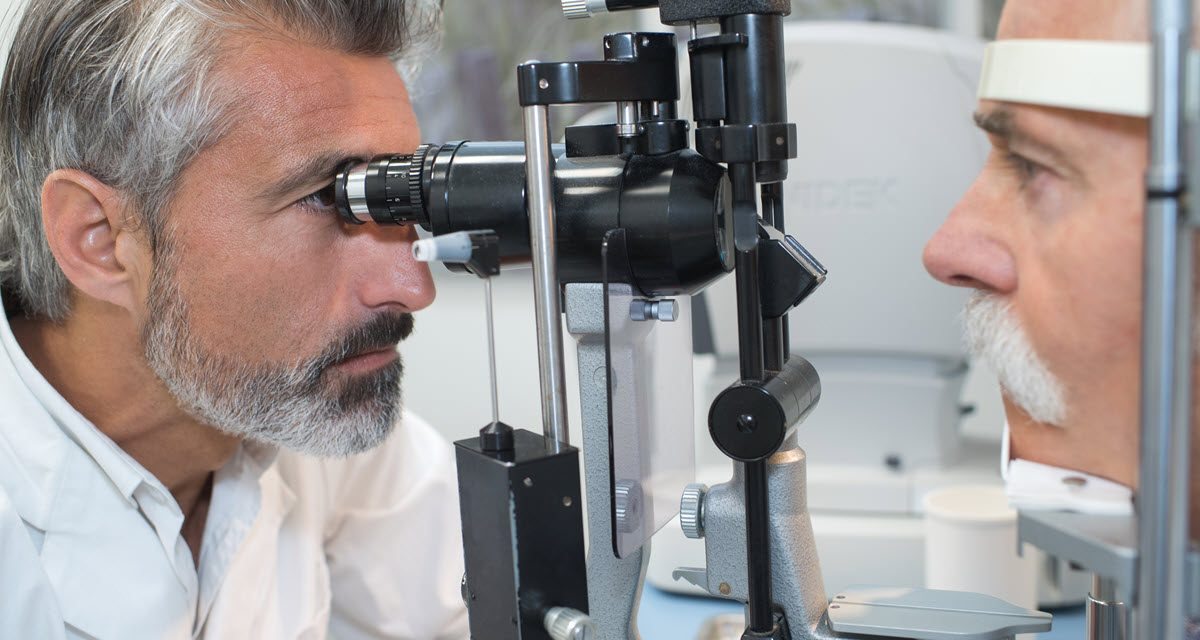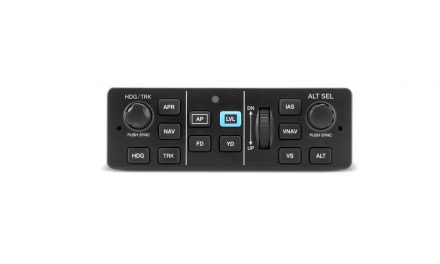Keen vision is crucial to a pilot’s safety, which is why the FAA has imposed tight restrictions on those who are recovering from eye surgery. However, medical technology has improved and recovery times have lessened, so the FAA has adjusted its rules to reflect these advancements.
Some of the key changes to surgery recovery times are as follows:
- Cataract surgery reduced from two years to three months
- Refraction surgeries (such as LASIK or SMILE) reduced to as little as two weeks
- Lens implant medical recertification in as little as two weeks
The guidelines for those changing or adding new medications have been adjusted as well. The new no-fly restrictions include:
- As little as a 24-hour restriction on those taking/changing migraine medications
- Simplified observation periods for those taking diabetes or weight loss medications
- Expanded list of approved antidepressants
- Fewer restrictions on those using cholesterol medications
Pilots are cautioned to do everything in their power to preserve their eyesight from environmental damage (bright sunlight), exposure to blue light from electronics and general eye strain. Flying safely means seeing well even when the light levels change abruptly or there is low light – to assess what’s going on both outside and inside the cockpit.
One thing that may help is taking a once-daily supplement to support vision health. Claroxan Advanced is contains nutrients proven to support (but not replace) good eye care and health. This supplement contains Lutein, zeaxanthin, bilberry and a variety of nutrients and antioxidants and are credited for helping:
- Protect retina from blue light exposure
- Reduce glare discomfort
- Promote visual clarity in bright and/or changing light
- Reduce stress and strain on retina
- Promotes blood flow and overall eye health
- Support the macula, the key to sharp vision, strong night vision and seeing detail
Please remember, supplements are not replacements for proper vision care or regular evaluations. But coupled with proper eye care, pilots may find them useful in maintaining the vision standards imposed by the FAA to keep them flying safely in a variety of conditions.
Information taken from www.generalaviationnews.com





